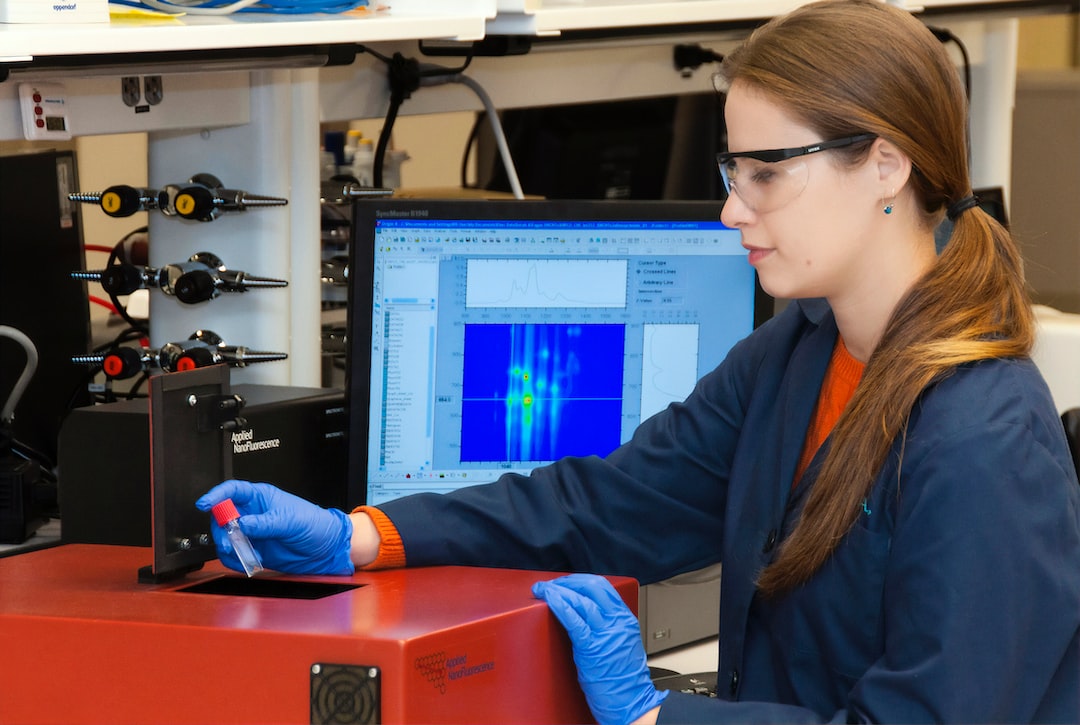In recent years, the manufacturing industry has witnessed a significant transformation with the integration of advanced technologies. One of the most exciting developments in this sector is the adoption of collaborative robots, also known as cobots, on assembly lines. These robots are specifically designed to work alongside human workers, enhancing productivity and efficiency. In this blog post, we will explore the benefits of collaborative robotics in manufacturing assembly lines.
One of the primary advantages of using cobots in assembly lines is the increased productivity they bring to the table. In traditional manufacturing processes, human workers often face physical limitations and fatigue, leading to reduced output over time. Cobots, on the other hand, can work tirelessly without experiencing any physical limitations, resulting in consistent and higher production rates. By automating repetitive and mundane tasks, these robots free up human workers to focus on more complex and value-added activities, allowing for optimized production.
Another significant benefit of collaborative robotics in assembly lines is the improvement in product quality. Human workers, while diligent, are prone to errors, especially during repetitive tasks. These errors can lead to costly defects and rework, negatively impacting production timelines and profitability. Cobots, on the other hand, are programmed to execute tasks with precision and accuracy, greatly reducing the chances of errors and defects. By maintaining a high level of accuracy, cobots ensure that the final products meet the desired quality standards consistently, resulting in increased customer satisfaction and brand reputation.
The integration of cobots in assembly lines also contributes to a safer working environment for human workers. Manufacturing facilities are often filled with hazardous machines and equipment, posing a risk to the employees’ health and safety. Collaborative robots are designed to operate in close proximity to human workers safely. They are equipped with advanced sensors and cameras that enable them to detect human presence and make adjustments in their movements to prevent collisions or injuries. By taking over hazardous tasks, cobots significantly reduce the likelihood of workplace accidents, creating a safer manufacturing environment for everyone involved.
Cost savings are another considerable advantage of deploying collaborative robots on assembly lines. While it may be initially costly to invest in cobots and train employees, the long-term benefits outweigh the initial expenses. Cobots require minimal maintenance, resulting in lower operational costs compared to traditional manufacturing equipment. By automating tasks and eliminating human errors, cobots also reduce material waste and the need for rework, resulting in significant cost savings. Additionally, the increased productivity and efficiency brought by cobots allow manufacturers to produce more in less time, leading to higher revenue generation and profitability.
Moreover, cobots offer a great degree of flexibility and adaptability in assembly line operations. These robots can be programmed and reprogrammed quickly to perform various manufacturing tasks, making it easier for manufacturers to adjust to changing production demands. As products evolve, cobots can be easily reconfigured to cater to the new requirements, saving time and resources. The flexibility of cobots in performing different tasks also enables manufacturers to achieve faster product development cycles, helping them stay competitive in today’s rapidly evolving market.
In conclusion, collaborative robotics has revolutionized the manufacturing industry by enhancing productivity, improving product quality, ensuring workplace safety, and generating cost savings. Cobots working alongside human workers on assembly lines offer a myriad of benefits, from consistent production rates and accurate task execution to reduced workplace accidents and enhanced flexibility. As technology continues to advance, we can expect cobots to play an increasingly pivotal role in shaping the future of manufacturing, driving operational excellence and innovation.

